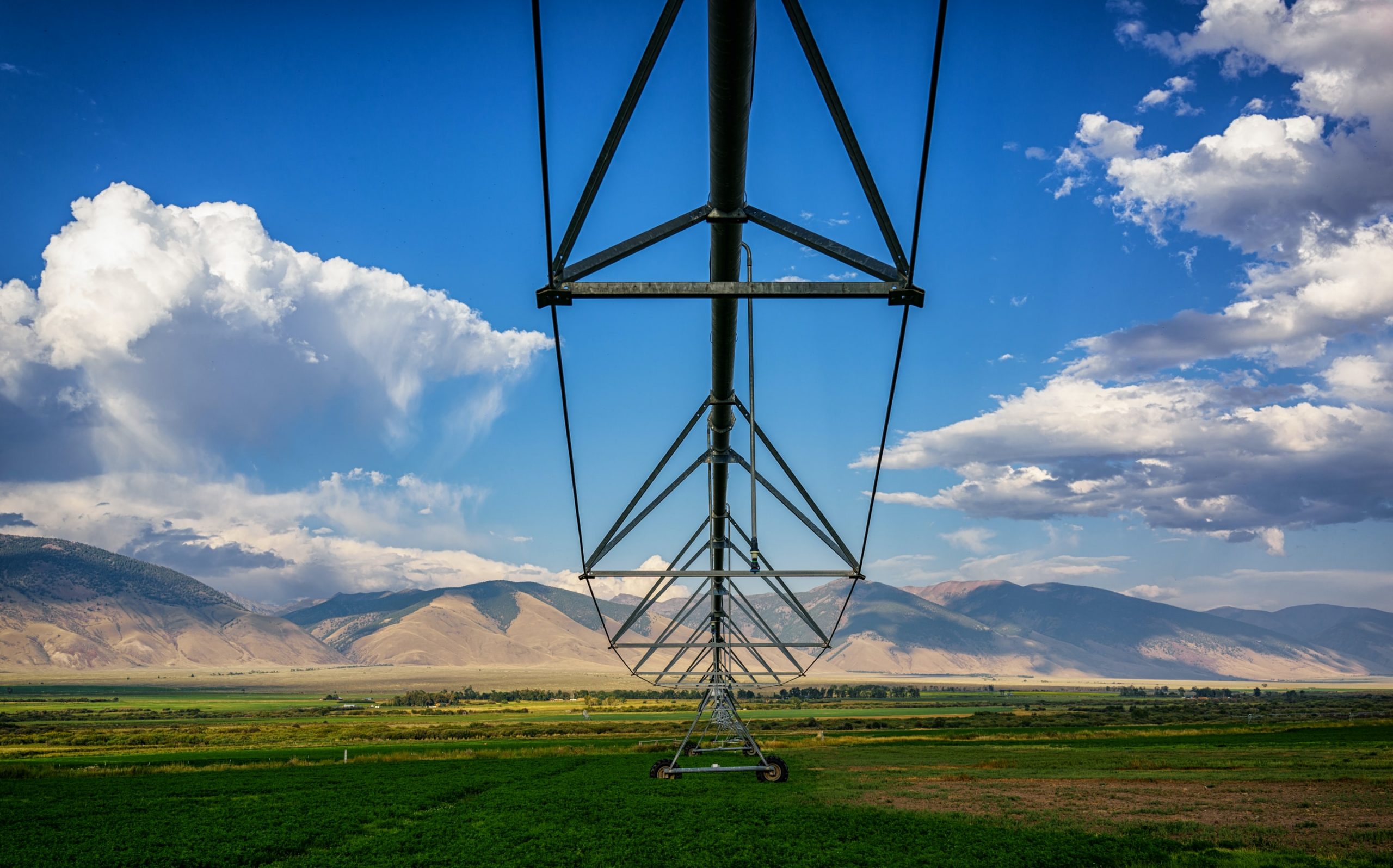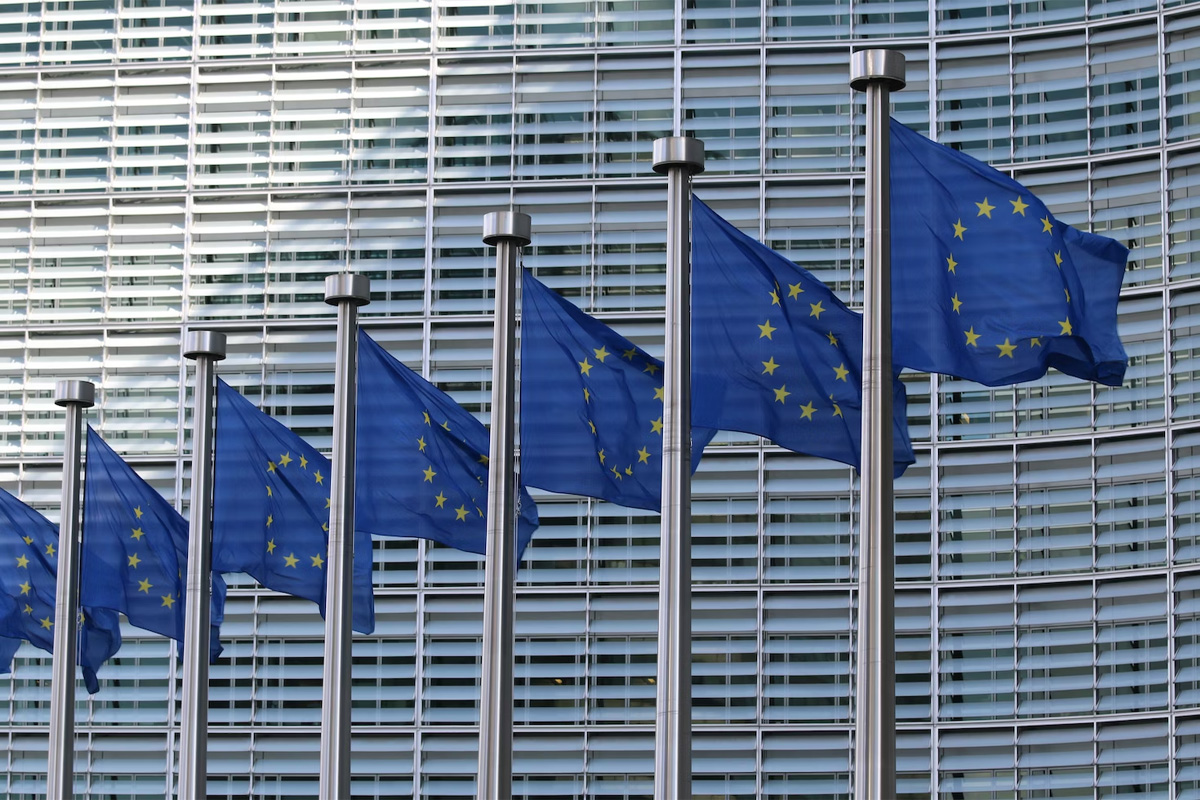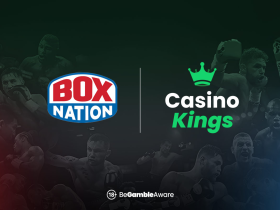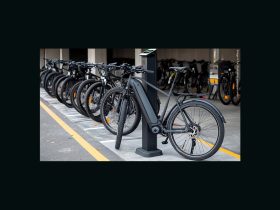Some of the biggest trends in wine this year include greater scrutiny around what is ‘sustainable wine,’ the resurgence of new beverages like CBD wine, and the use of visually appealing packaging and serve formats as reported in Wine Intelligence. Each of these trends is dependent on new technologies that enable for more sustainable and cost-effective wine production. If you are interested in the world of wine and wonder what lies ahead for the rest of the year and beyond, here are some of the top technologies ushering wine production into the future.

Improved Irrigation Management
Winemakers with vast areas of land can find it difficult to visually find signs that grapes in one particular area are dehydrated. Today, sophisticated wineries are using multi-spectral and thermal infrared cameras mounted on drones to obtain information on the hydration status of vines. The system works by classifying plants according to stress levels (absent, moderate, or severe). Wine makers can then take the appropriate measures to increase hydration where it is needed.
The Canned Wine Revolution
Who said you could only enjoy wine in elegant crystal? The canned wine phenomenon has made its presence felt in the industry, with new tech allowing for the creation of features such as pressure sensitive labels (PSL), which keep printing on labels from distorting. PSL labels also ensure that all graphic elements look 100% once they are applied, proving to be highly resistant against heat and providing a host of options in terms of look and finish.
Onsite Water Recycling
Onsite treatment of winery wastewater enables manufacturers to reuse over 99% of water, leading to practically no wastage. This is good news considering the fact that it can take 100 litres of water to make just one glass of wine. One of the top technologies for onsite water treatment include the use of ultrafine rotating belt screens, which capture and remove solids such as stems, seeds, and pulp from waste water. The filtered material can then be used to create organic fertilizer.
AI-Designed Wines
Global warming and flash flooding are making it difficult to grow grapes at a consistent quality and quantity in many parts of the world. Futurists are predicting the advent of ‘test tube wines’ made by AI algorithms capable of producing grapes with distinctive chemical characteristics. AI can also be used to predict the quantities particular crops can yield. Currently, machine learning algorithms are delivering an accuracy of prediction of up to 90%.
Edible Wine Bottles
Packaging is advancing in leaps and bounds thanks to new technologies that permit the production of compostable ‘glass’ bottles. To make these bottles, wine is bottled in edible sugar substitutes such as papaya. Edible bottles and glasses lend new value to the wine tasting experience, since they bring extra flavors into the equation.
The wine industry is far from set in stone; it is constantly changing and innovating thanks to the development of new technologies. From filtering systems that allow manufacturers to save over 90% of water, to the use of machine algorithms to predict crop yields, technology is lending greater stability and cost savings to the industry. Technology is also changing how wine is enjoyed, with items such as edible glasses and bottles bringing a new meaning to wine pairing.







Leave a Reply